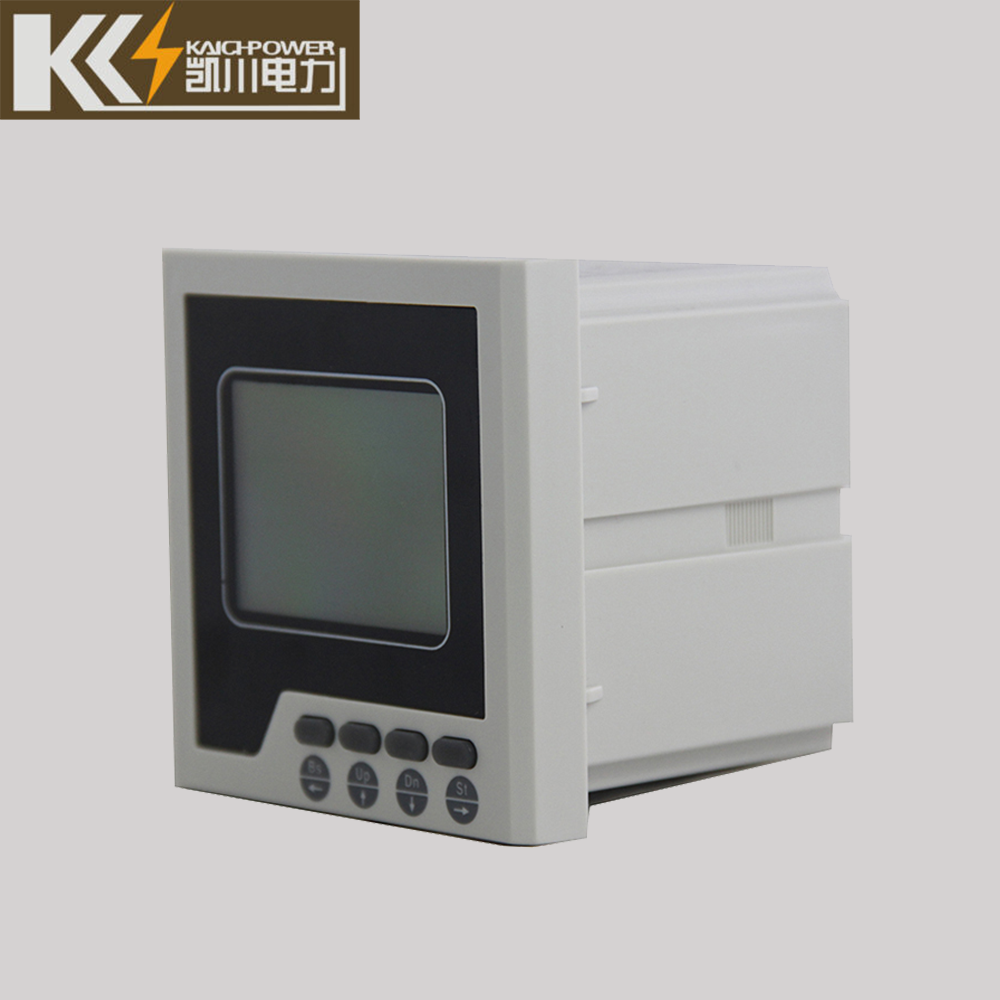Remote temperature monitoring devices are essential tools in today’s interconnected world, playing a vital role in a range of industries, particularly those that handle temperature-sensitive goods or require precise temperature control. These devices are designed to monitor temperature in remote locations, providing real-time data and alerts to users, enabling them to keep track of temperature fluctuations and take necessary action.
Essential for Temperature-Sensitive Operations
In the transportation industry, for instance, remote temperature monitoring devices are crucial for ensuring the safety and integrity of goods like perishable foods or medications that require specific temperature ranges during transportation. These devices track temperature changes and send alerts if the temperature goes above or below set parameters, ensuring that goods arrive in the best possible condition.
Precision Monitoring in Unique Environments
Remote temperature monitoring devices are also ideal for applications in challenging environments that are not easily accessible. Agricultural research facilities, for example, may use these devices to monitor temperature changes in remote greenhouses or fields, providing valuable data for farmers to make informed decisions about irrigation, harvesting, and other critical operations.
Technology and Features
Modern remote temperature monitoring devices are typically equipped with advanced features like wireless connectivity, long-lasting batteries, and user-friendly interfaces. They often utilize cutting-edge technologies like low-power microprocessors and precise sensors to ensure accurate readings and longevity. The devices can be set up to send data to a centralized server or a cloud-based platform, making it easy for users to access information remotely.
Future Developments
With the rise of IoT and AI technologies, remote temperature monitoring devices are expected to become even more advanced and intelligent in the years to come. Improved sensors and predictive analytics will enable these devices to provide more comprehensive insights into temperature patterns and trends, leading to more efficient resource utilization and optimized decision-making.
